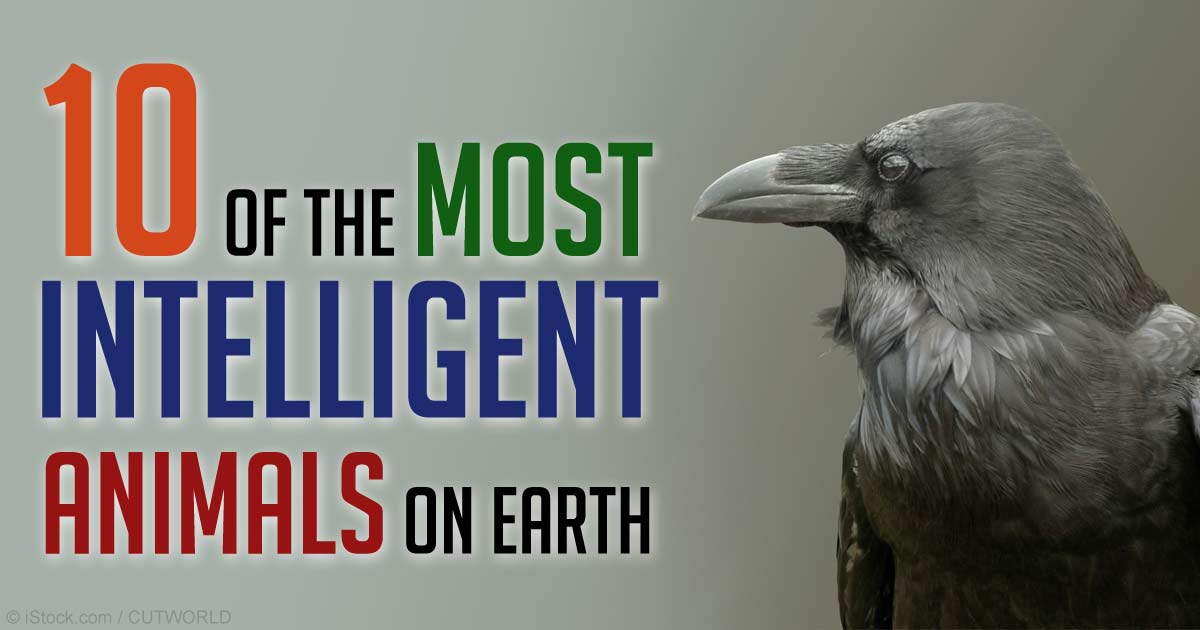 Smart Species
Smart Species
Because animals cannot read or speak, their aptitude is difficult to discern, much less measure. Thus, comparative psychologists have invented behavior-based tests to assess birds’ and mammals’ abilities to learn and remember, to comprehend numbers and to solve practical problems. Animals of various stripes-but especially nonhuman primates-often earn high marks on such action-oriented IQ tests.
During World War I, German psychologist Wolfgang, for example, showed that chimpanzees, when confronted with fruit hanging from a high ceiling, devised an ingenious way to get it: they stacked boxes to stand on to reach the fruit. They also constructed long sticks to reach food outside their enclosure. Researchers now know that great apes have a sophisticated understanding of tool use and construction.
Psychologists have used such behavioral tests to illuminate similar cognitive feats in other mammals as well as in birds. Pigeons can discriminate between male and female faces and among paintings by different artists; they can also group pictures into categories such as trees, selecting those belonging to a category by pecking with their beaks, an action that often brings a food reward. Crows have intellectual capacities that are overturning conventional wisdom about the brain.
Behavioral ecologists, on the other hand, prefer to judge animals on their street smarts that is, their ability to solve problems relevant to survival in their natural habitats-rather than on their test-taking talents. In this view, intelligence is a cluster of capabilities that evolved in response to particular environments.
Some scientists have further proposed that mental or behavioral flexibility, the ability to come up with novel solutions to problems, is another good measure of animal intellect. Among birds, green herons occasionally throw an object in the water to lure curious fish a trick that, ornithologists have observed, has been reinvented by groups of these animals living in distant locales. Even fish display remarkable practical intelligence, such as the use of tools, in the wild.
Cichlid fish, for instance, use leaves as “baby carriages” for their egg masses. Animals also can display human-like social intelligence. Monkeys engage in deception, for example; dolphins have been known to care for another injured pod member (displaying empathy), and a whale or porpoise may recognize itself in the mirror.
Source: Text: semanticscholars.org Images: Mercola Healthy Pets – Dr. Mercola whatsmyspiritualanimal.com


 International Missing Children’s
International Missing Children’s
 World Day for Cultural Diversity for Dialogue and Development is annually held on May 21 to help people learn about the importance of cultural diversity and harmony.
World Day for Cultural Diversity for Dialogue and Development is annually held on May 21 to help people learn about the importance of cultural diversity and harmony. « Each one bewildered…
« Each one bewildered…
 World Hypertension Day might sound like an intensely stressful day, which causes high blood pressure, but it is in fact an educational event, designed to prevent instances of hypertension.
World Hypertension Day might sound like an intensely stressful day, which causes high blood pressure, but it is in fact an educational event, designed to prevent instances of hypertension. World Communications Day is a worldwide celebration which follows the 1963 decree Inter Mirifica addressing the media of social communications and which was published during the Second Vatican Council. World Communications Day is now marked annually in most countries on the Sunday before Pentecost Sunday, which this year falls on 13 May. In some countries, the day is marked as the solemnity of Ascension.
World Communications Day is a worldwide celebration which follows the 1963 decree Inter Mirifica addressing the media of social communications and which was published during the Second Vatican Council. World Communications Day is now marked annually in most countries on the Sunday before Pentecost Sunday, which this year falls on 13 May. In some countries, the day is marked as the solemnity of Ascension. The tireless efforts of nurses all over the world are celebrated every year on May 12, the anniversary of Florence Nightingale’s birth in 1820.
The tireless efforts of nurses all over the world are celebrated every year on May 12, the anniversary of Florence Nightingale’s birth in 1820. Symbols
Symbols At long last, springtime has come and, with it, nature is taking on its colourful attire in the form of all kinds of flowers.
At long last, springtime has come and, with it, nature is taking on its colourful attire in the form of all kinds of flowers. I know of a woman who, at the beginning of each year, takes a colourful flower container which she especially likes.
I know of a woman who, at the beginning of each year, takes a colourful flower container which she especially likes.